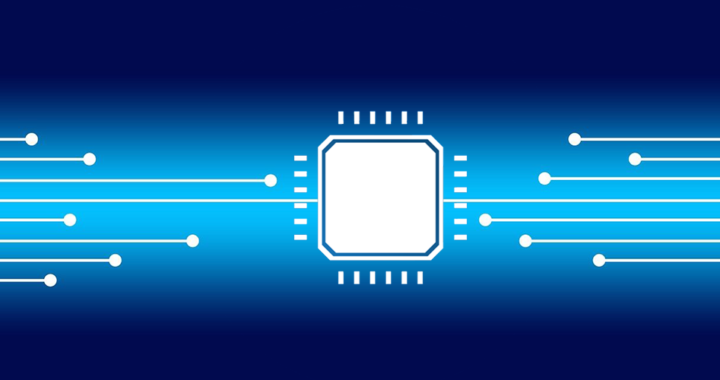Hyper-Threading or HT Technology is the trademark used by Intel Corporation in its own implementation of simultaneous multithreading. First introduced in 2002 with the release of Xeon server processors based on Foster MP and Pentium 4 processors based on Northwood, the proprietary technology equips an individual processor core to run more than one thread.
It is since included in succeeding families and series of processors, including the Intel Core Series, specifically the Core i3 and Core i5 series, as well as some versions of the Core i7 and Core i9 series.
Pros: The Advantages of Hyper-Threading Technology
The technology essentially allows each core to accomplish two things at once. Hence, one of the benefits of Hyper-Threading is that it increases the performance of a CPU by improving its efficiency ore more specifically, how well it processes data and instructions.
Specifically, it works by splitting each of the physical cores of the CPU into virtual or logical cores. These virtual cores are known as threads. An example would be a four-core CPU with HT Technology to provide eight threads.
More thread means more work could be done in parallel. A single core doing simultaneous multithreading technically works like two “virtual cores,” thereby maximizing its capacity and the overall performance of the processor.
Below are the specific advantages and applications:
• The technology maximizes the use of each core in a CPU. It solves the problem with “starvation” common in multi-core processors. Starvation is a state in which a specific core remains idle and unutilized due to the absence of assigned signal or data and tasks or instructions.
• It enables the CPU to process more data in less time and run more background data without disruption, thereby making it ideal for multitasking.
• Another advantage is that it allows the CPU to switch resources between threads. For example, the processor will not struggle while running a video game at the front and several background tasks.
• Simultaneous multithreading allows the design and development of smaller chips without the inclusion of more cores, increasing the potential number of transistors within a given area, or maximizing or overclocking the processing frequencies.
Cons: The Disadvantages of Hyper-Threading Technology
It is important to reiterate that HT Technology does not increase the performance of a processor or its specific processor cores. It is simply a hardware-specific technology that enables a single core to interleave multiple threads of execution,
Below are the specific disadvantages and limitations:
• The technology does not technically double the performance of a core and the entire CPU. Instead, it simply maximizes the efficiency of each core, thereby enabling the core and the entire processor to reach their maximum performance potential.
• Some software does not support simultaneous multithreading. Applications that do not support HT will not run smoothly under processor-intensive conditions. To take advantage of the technology, it requires implementation from the software level.
• Another limitation of Hyper-Threading is that it can cause the CPU to create more heat. It requires proper implementation of a cooling system to avoid degradation of hardware performance and overheating.
• Performance improvements are essentially application-dependent. Furthermore, while Hyper-Threading could be disabled via the BIOS, it cannot be activated or deactivated by the user at any given time. Similar to the Turbo Boost feature, the CPU activates this feature under certain conditions.





